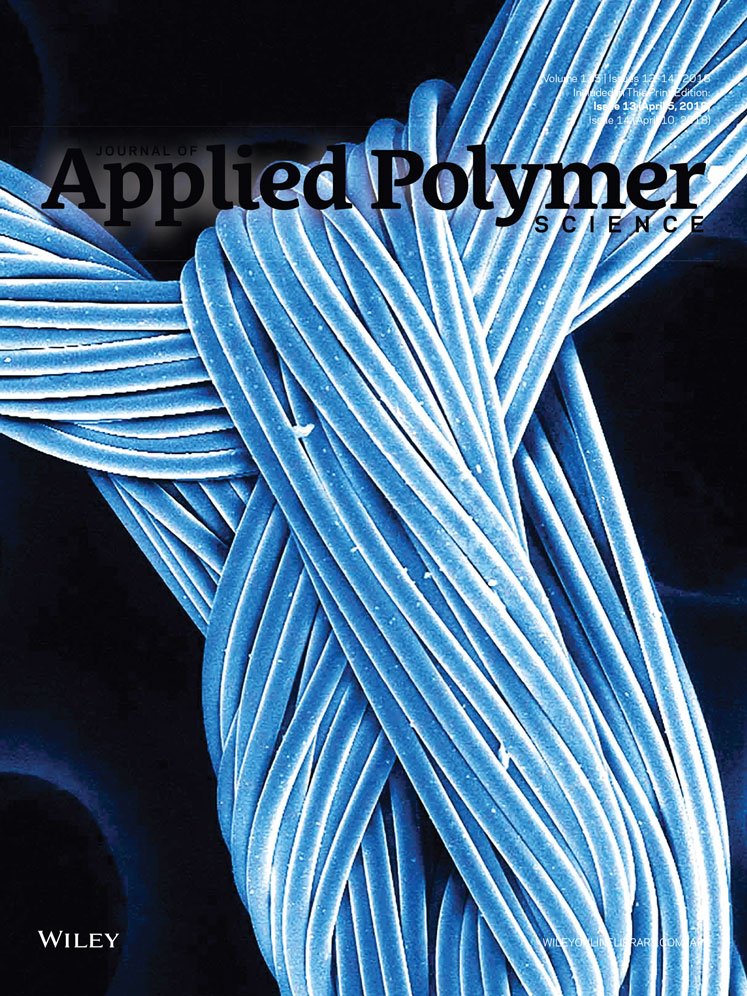Long-term stable hydrophilic surface modification of poly(ether ether ketone) via the multilayered chemical grafting method
ABSTRACT
The aging phenomena of a poly(ether ether keton) (PEEK) surface hydrophilically modified via various protocols was investigated. The use of plasma treatment or chemical etching methods offers a relatively convenient surface modification route. However, the effects of hydrophilic treatment quickly disappeared and its original surface property was recovered within a few hours or a few days when stored at ambient conditions. Surface treatment based on a single-layered chemical grafting method rendered an excellent hydrophilic surface with an initial contact angle of <15° and an improved retardation of surface aging. However, the contact angle of the modified PEEK specimen gradually increased with time and eventually reached ∼50° after 23 days. A new method for the long-term stable hydrophilic surface treatment of PEEK using a multilayered chemical grafting strategy was also developed. With this regard, aging of the modified surface could be significantly retarded over ∼90 days. It was believed that the effectiveness of the surface modification and the retarded aging phenomena via the multilayered hydrophilic treatment could be attributed to mechanical and chemical stability of the covalently bonded active surface groups on the grafted polymer networks. © 2017 Wiley Periodicals, Inc. J. Appl. Polym. Sci. 2018, 135, 46042.




